- Home
- >
- Preservation Archaeology Blog
- >
- Learning the Landscape
Barry Price Steinbrecher, Survey Director, Preservation Archaeology Field School
The 2015 survey component of the field school primarily focused on surveying land on the Pitchfork Ranch in the Burro Mountains south of Silver City. The ranch owners generously hosted us as we hiked our way through the rolling hills of their ranch, scaling the terraces and ridge tops above the Burro Cienaga, once a perennial source of water for the area’s inhabitants.
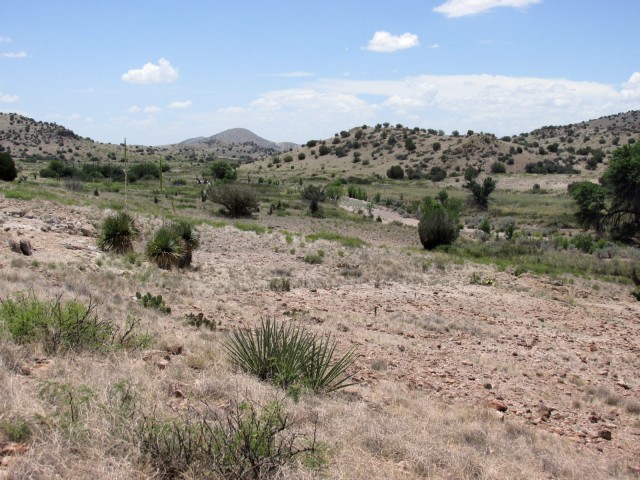
Small groups of two to three students at a time rotated through the survey for three-day sessions. For many of the students, the work on the Pitchfork Ranch was their first experience with survey. The two-hour drive from the field school camp in Mule Creek allowed each group of students—well, those who weren’t fast asleep, leaving me to brave Silver City’s finest pop radio station on my own—to discuss what to expect of the weather, the setting, the camping accommodations, and such. What I could not prepare the students for, however, was what sites we would find and where. That was up to us to find out as we systematically traversed the terrain.
I realized that, just like the students, this southwestern corner of New Mexico is a landscape that I am only beginning to become familiar with. After living and working primarily in southern Arizona, I feel at home in that landscape. I feel like I know “what’s going on” there. Over the last year, however, a few exciting opportunities have brought me to New Mexico to work for several weeks at a time and piece together aspects of this region’s land, history, and culture.
An initial goal of the survey component was to impart basic skills that students will need in order to succeed as members of field crews in the future. This includes learning how to walk transects along a cardinal direction through the terrain while scanning the ground surface for artifacts (and rattlesnakes) and how to recognize, map, and record a site.
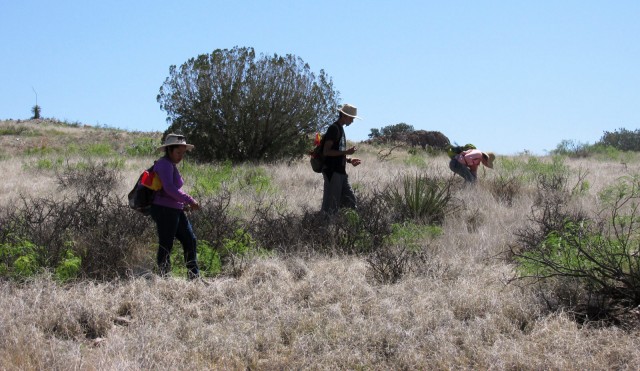
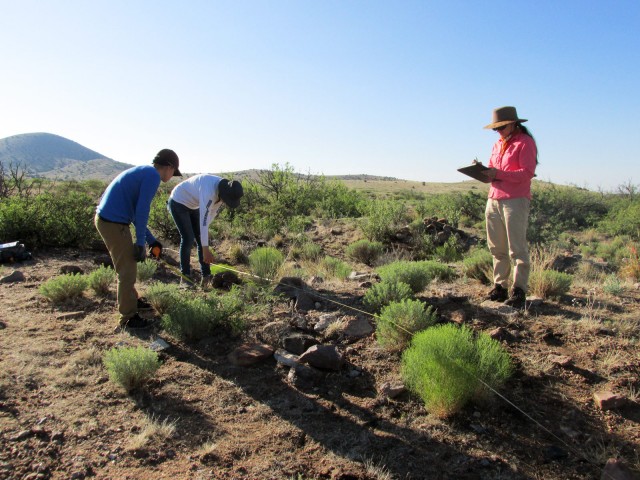
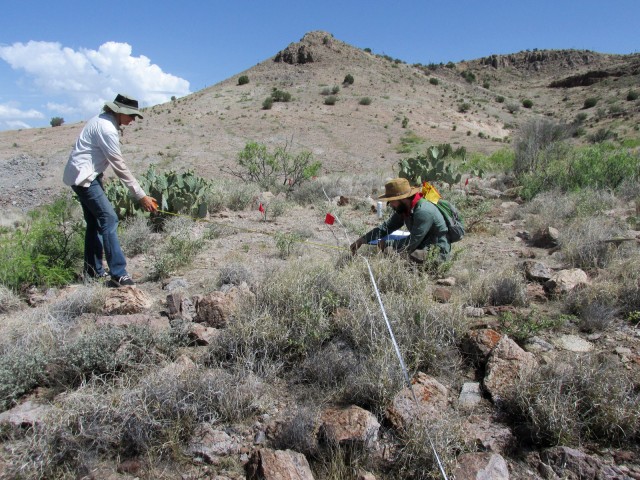
During their time at the Pitchfork Ranch, however, an additional goal was to have students start to look at how geographic features in the landscape were related and used, not simply considering what land we had walked was “site” or “non-site.” The time spent navigating the landscape on the ranch helped students switch gears from placing all of their focus on a single site, such as the Dinwiddie site in Cliff where the group has spent most of their time excavating, to consider how the survey area has been used in different ways by different people over time. Spending time in a particular landscape during the course of the field school allowed us to become familiar with patterns in the distribution of archaeological materials and helped us decide which areas of the ranch to target.
From my perspective, the survey was a great success. Not only did the students gain experience with methods that complement their excavation and experiential archaeological skills, but we also recorded 11 archaeological sites. Through their hard work, the students helped me “learn the landscape” of our survey area and pass on important information to the owners of the ranch in just a few short weeks.
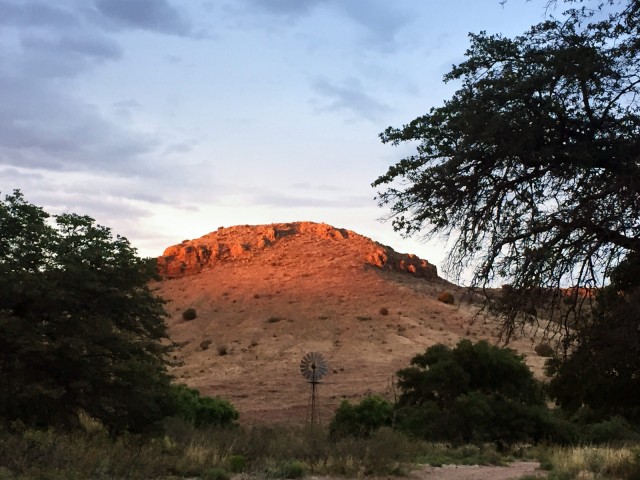
2 thoughts on “Learning the Landscape”
Comments are closed.
Explore the News
-
Join Today
Keep up with the latest discoveries in southwestern archaeology. Join today, and receive Archaeology Southwest Magazine, among other member benefits.
A.T. Cole here…it is a frequent error, but the Burro Cienaga is spelled with an “a” rather than the second “e”…(all spellings should also have the “slash” above the “e”) both spellings are correct and the “e’ spelling far more common in the Southwest, although those spelled with spelled with the “a” are the ones most often misspelled…for the rare bird interested in this linguistic curiosity, see Appendix A to Cole & Cole, “An Overview of Aridland Cienagas, with Proposals for Classification, Restoration, and Preservation, Proceedings of the Fourth Natural History of the Gil Symposium, October 25-27, 2012, The New Mexico Botanist, Special Issue Number 4, September, 2015, 41.
Fixed!